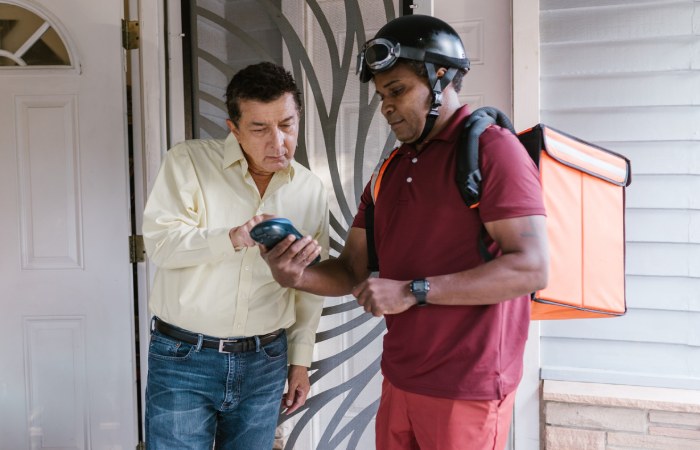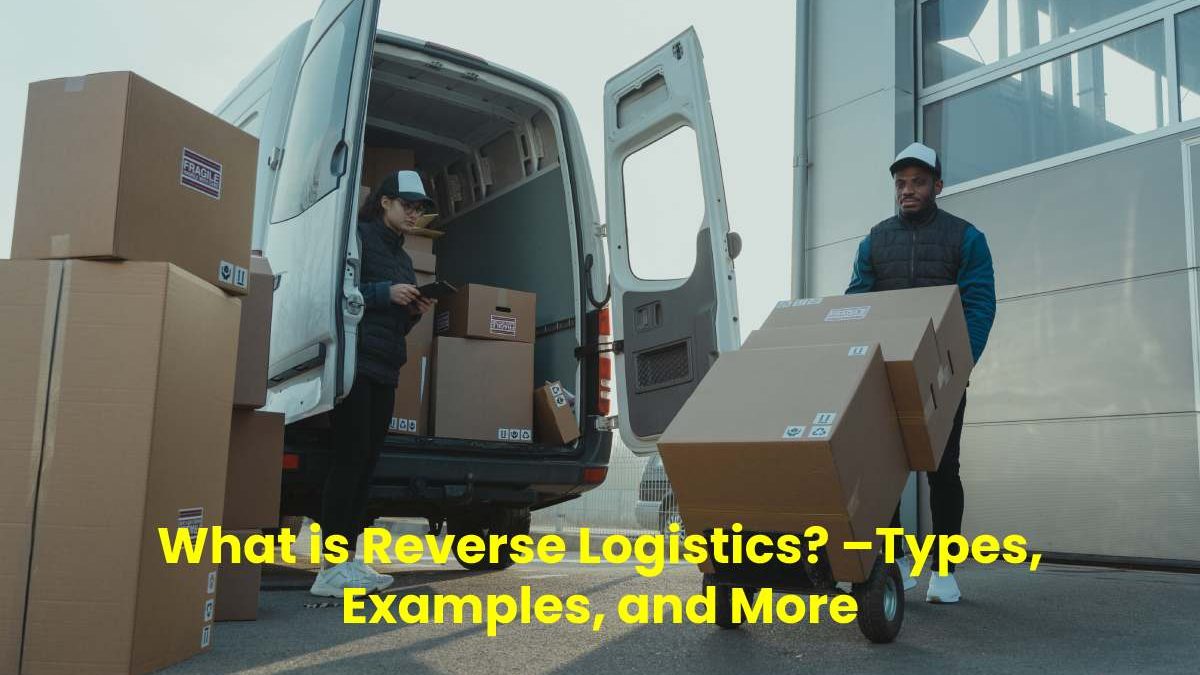Table of Contents
What is Reverse Logistics?
Reverse logistics began with recycling and reusing as ways to bring obsolete products back to life. Its purposes were to respect the environment, reduce stocks and also, expand the market. Actions in reverse logistics can be of various types, which we will see in the next section.
Types of Reverse Logistics

Here We Find 2 Modalities: Returns And Waste.
Reverse logistics of waste: this type includes the recycling and treating of waste.
Reverse logistics of returns: its function is to manage returns from the distribution point to the product’s place of origin. Returns can also come from the end customer. It is more important today because it happens in online stores, where the public buys more and more.
There are usually quite a few returns on clothing and footwear in online stores for not having chosen the sizes well, for example, or because the quality of the product you receive is not what you expect.
Examples of Reverse Logistics in Companies
Many activities comprise a reverse logistics plan. We are going to list and explain the most frequent ones.
Repair
Many companies offer repair services. A repair service ensures contact with the customer, in such a way that if the service has been good, it will not go to the competition. It is typical of appliance companies, where the repair consists of replacing a defective part.
Remanufacturing
This system is quite curious because it involves reusing a product that has become obsolete for the same customer. A typical industry where remanufacturing takes place is jewelry. Companies can offer this service, as is the case with the repair service.
Outlet Sale
It is the sale of products with minor defects. These products work perfectly, but they are sold cheaper since they have some tare. In this way, the company obtains benefits from products it intended to dispose of and avoids an excess of stock.
Controlled Dumping
with this process, the useful life of the product or material ends. The way to dispose of the product or material in question is to throw it in a suitable place, not in the conventional landfill. The use of traditional landfills should be reduced as far as possible for organic waste.
Remanufacturing
it is a process so that an already used product can be recovered and reused in whole or part. Usually worn parts will be replaced, giving them a second life.
Cannibalization
Cannibalization consists of taking parts of products that have ended their useful life to manufacture new ones, and thus the company saves money. It is a common practice in the manufacture of technological developments.
The most important thing about reverse logistics systems is the reuse of products so that the company wins economically and customers are satisfied. The benefits are apparent. If you want to know them in more detail, watch the following video.
IKEA Reverse Logistics
There are three reverse logistics practices at IKEA: purchase of used furniture, discounted collection of light bulbs, and collection of textiles.
1. Purchase of Used Furniture
- At the end of 2016, Ikea launched a campaign based on purchasing used furniture. To tackle this campaign, I relied on the following data:
- Each Spanish household saves an average of 2,000 euros on products that they do not use.
- 4% of the waste that ends up in the landfill is furniture.
- Only 10% of furniture is recycled.
The source of this data is the European Federation of Furniture Manufactures. If you want to get rid of your used furniture, check out the IKEA website. They tell you what kinds of furniture they buy and the requirements they must meet. The furniture purchased by IKEA will be sold in the section “El Desván de las Oportunidades”.
2. Bonus Collection of Light Bulbs
IKEA also encourages recycling through machines for the collection of light bulbs. When you deposit the bulbs in the device, you can choose between a discount on the next purchase of LED bulbs or a donation to a project favouring vulnerable children, which will go to the entities that agree with this company.
3. Collection of Home Textiles
Another of IKEA’s initiatives is the collection of home textiles. There are collection points in stores, and also, what is collected will be sent to the distribution center in Valls (Tarragona). From Valls, it is taken to a foundation promoted by Cáritas Diocesana de Barcelona, which is where each piece is separated and classified to give it the most appropriate destination. The collection of textiles was a need that IKEA detected through customer surveys. When it comes to disposing of bedding, sofa covers, and the like, people are at a loss as to where to take it.
Reverse Logistics on Amazon
If you go back up and also, look at the section on the types of reverse logistics in companies, you will see that we have mentioned their importance today in e-commerce. Online stores have to deal with many returns. They have to manage this well because it is key to customer satisfaction. That is why Amazon recently opened its first specialized center for reverse logistics in Slovakia. The employees of this center are in charge of evaluating the state of the products that have been returned or have not been delivered. Speaking of online stores, we recommend this video with four reverse logistics keys for digital stores.
Reverse Logistics in Correos Express
So far, we have talked about product manufacturers. But what about the transport companies? They are fundamental, and none of the described processes could be carried out without them. One of the most used operators in Spain is Correos Express, which has considered the following reverse logistics actions for the treatment of returns :
- Ease of collection can be at homes or 1,500 post offices throughout Spain.
- Quality control of returned products.
- Information from collection to delivery in real-time.
- Multiple pools with traceability.
- Recovery and reconditioning of products.
Correos Express is one of the most advanced transport options due to new technologies and its reverse logistics policies.
Conclusion
Reverse logistics is for all operations related to the reuse of products and also, materials. It is ” moving goods from their typical final destination to capture value or proper disposal.


